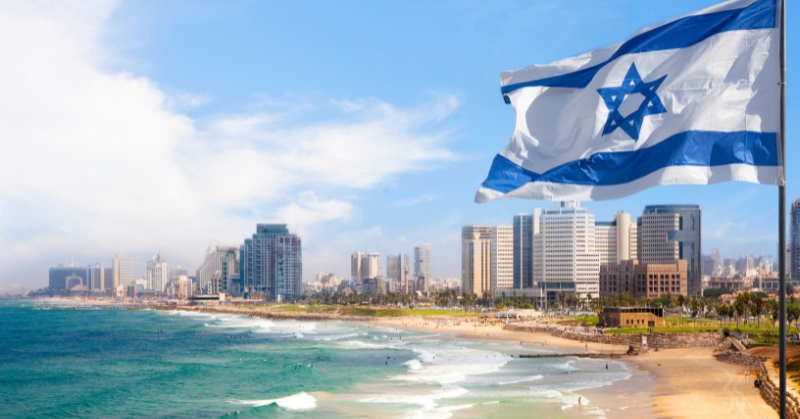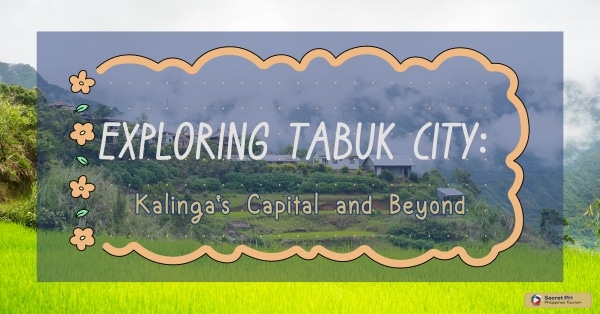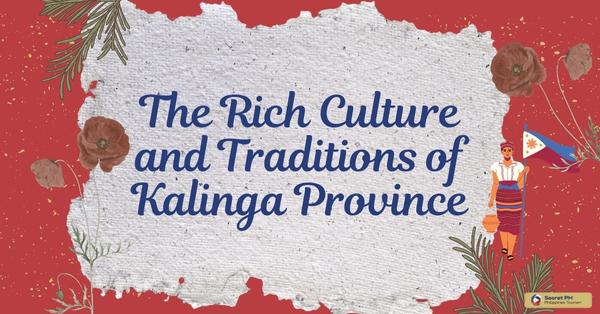The Flores de Mayo is an important traditional festival celebrated in the Philippines every May. This month-long celebration brings together families and communities to honor the Virgin Mary through colorful floral offerings, special liturgical prayers, and other devotional activities. The festival has a long history rooted in religion and culture, with various religious practices playing a key role in its celebration.
In this article, we’ll explore the religious and cultural significance of the Flores de Mayo in the Philippines, as well as its role in other Philippine festivals. We’ll also look at how the celebration has evolved over time to reflect modern sensibilities while still being anchored in religious traditions.
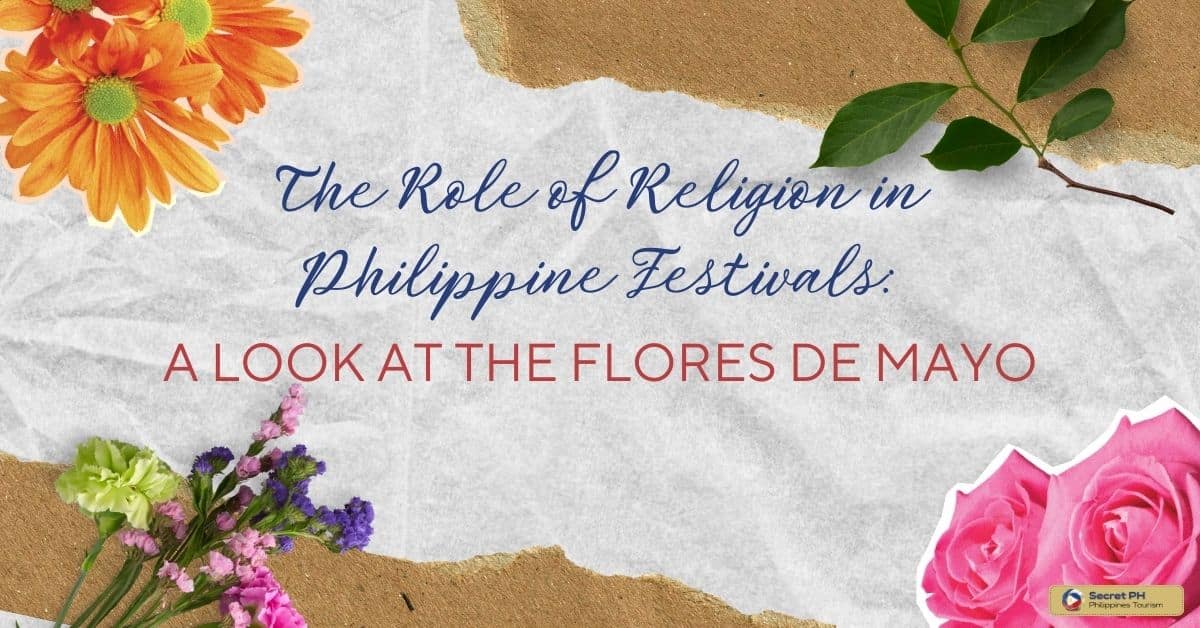
The Religious Significance of the Flores de Mayo
The Flores de Mayo is a religious festival celebrated in the Philippines each May that honors the Virgin Mary. It has long been seen as an expression of faith and devotion to God, and many regard it as one of the most important traditional festivals in the country. The celebration features a variety of religious practices and activities, each of which has its own significance.
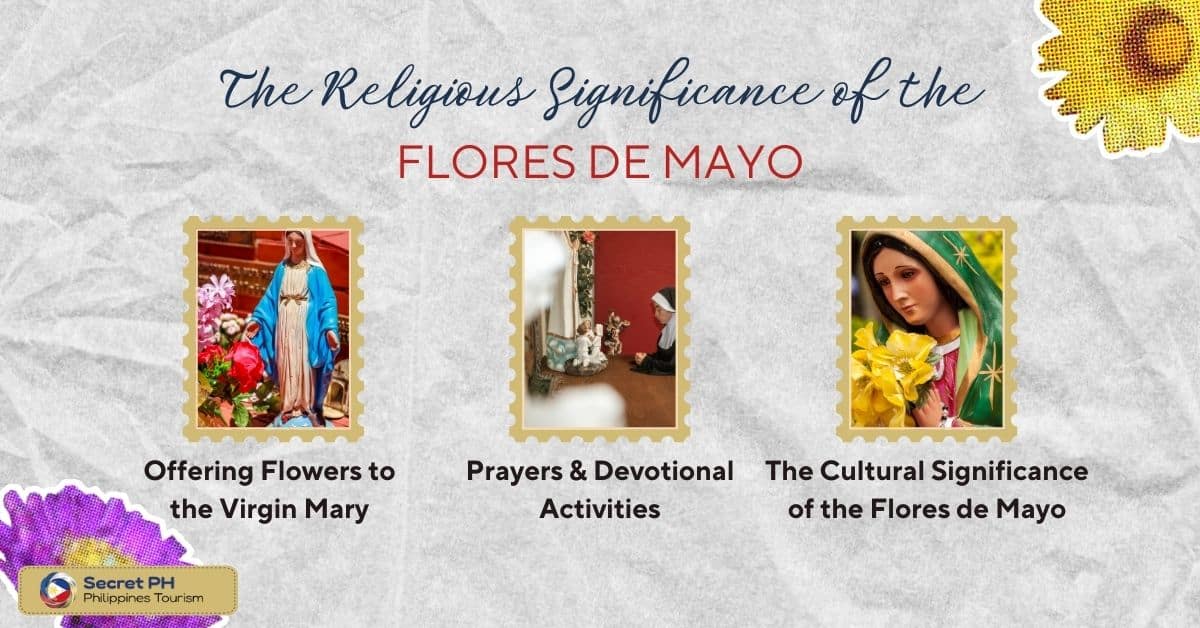
Offering Flowers to the Virgin Mary
One of the most important aspects of the Flores de Mayo is the offering of flowers to the Virgin Mary. This practice dates back centuries when devotees would bring floral gifts from their gardens or fields as an act of veneration.
In modern times, this ritual has been adapted to reflect the availability of different flowers in the marketplace. Today, people bring a variety of flowers—from common blooms like daisies and roses to rarer species such as orchids and anthuriums—as offerings to the Virgin Mary.
Prayers & Devotional Activities
The Flores de Mayo also includes special liturgical prayers and other devotional activities. This includes a ‘santo entierro’ (holy burial) ceremony, which commemorates the death of Jesus Christ.
Additionally, some communities celebrate a ‘misa de gallo’ (mass of the rooster), in which morning Masses are held each day of the festival. These prayers and rituals emphasize the importance of faith in the Flores de Mayo celebration and serve as a reminder that God’s grace is ever-present.
The Cultural Significance of the Flores de Mayo
Alongside its religious significance, the Flores de Mayo also has a cultural component. This celebration is seen as an opportunity to bring together families and communities, creating a sense of unity and belonging. In many areas, the festivities culminate with vibrant processions that feature traditional music and dance performances, adding to the joyous atmosphere of the occasion.
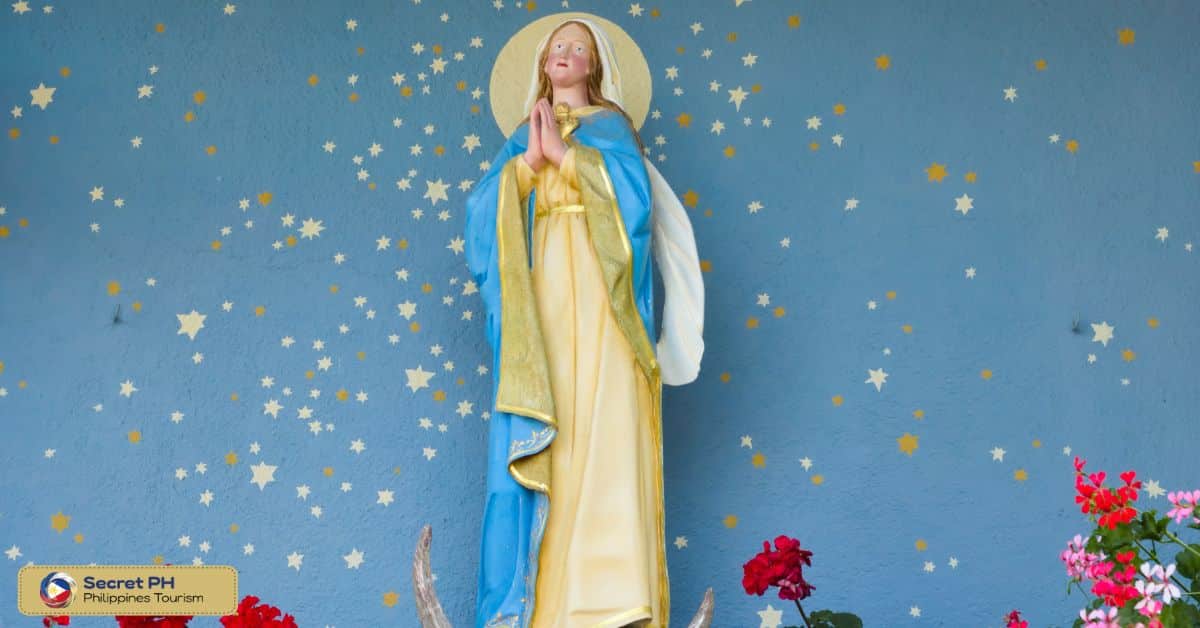
The Origins of the Flores de Mayo Tradition
The Flores de Mayo tradition has its roots in an ancient Spanish custom called “Mayo de Flores,” which was celebrated during the month of May. This celebration involved the offering of flowers to honor the Virgin Mary and is believed to have been brought to the Philippines by Spanish colonizers in the 16th century. Over time, this tradition merged with Filipino religious practices to become the Flores de Mayo we know today.
In some areas of the Philippines, the Flores de Mayo has evolved from a predominantly religious festival into a more cultural celebration. This is especially true in urban centers where it has taken on a modern twist, featuring vibrant decorations, processions, and other performances that bring people together in a spirit of fun and festivity. Despite the changes, this festival remains firmly rooted in religious tradition and continues to be an important celebration for Filipinos everywhere.
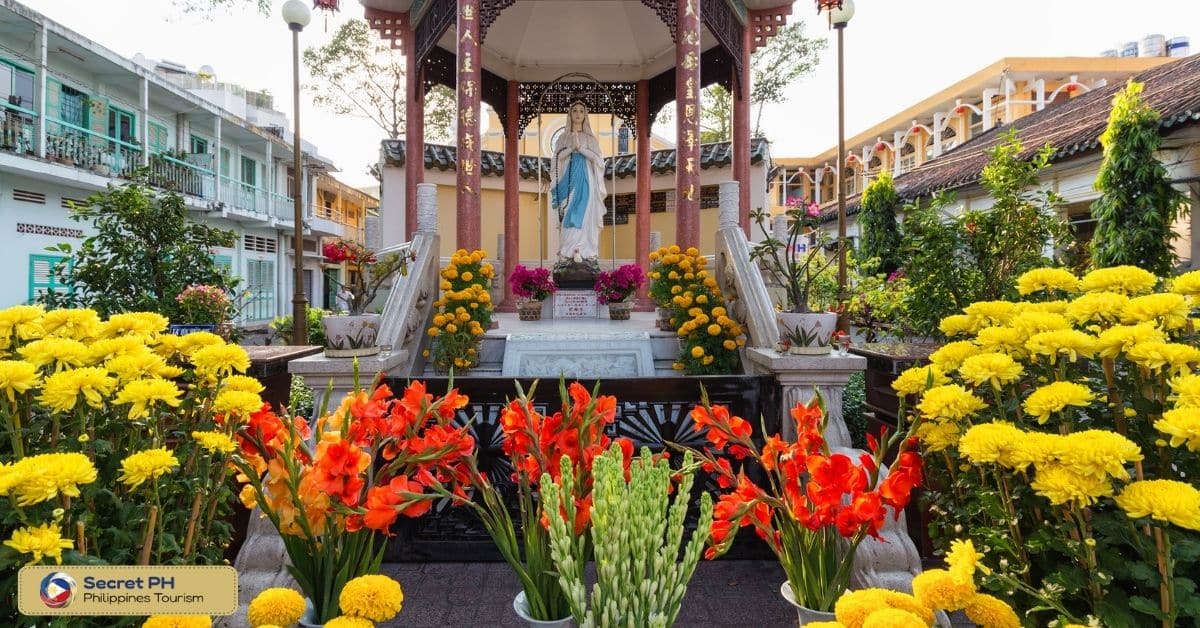
The Celebration of the Flores de Mayo in Contemporary Times
The celebration of the Flores de Mayo has been a beloved tradition for many centuries. This special time of year is celebrated in various ways by different families and cultures. In contemporary times, the traditional celebration remains alive and well, with people all around the world taking part in its joyous festivities.
Here’s a look at what makes this occasion so special:
A time for prayer: During this season, prayers are said for thanksgiving, protection, and guidance from God. Offerings are also made to honor Saint Joseph and seek his intercession for healing or other requests.
An opportunity to give back: As part of their celebration, many people volunteer to help those in need or take part in meaningful causes.
Special feasts: A variety of delicious dishes are prepared during this season to represent traditional Filipino cuisine. Some favorites include ‘pansit’ (noodles), lechon (roasted pork), and lumpia (spring rolls).
Street Processions: One of the most popular features of contemporary Flores de Mayo celebrations is the street procession honoring Mary as Queen of Heavens and Earth. Colorful parades with live music and dance performances showcase both local culture and religious devotion.
Festive decorations: Elaborate decorations including lights, flowers, and colorful flags adorn homes and streets around cities throughout the duration of the event as a reminder that life is beautiful!
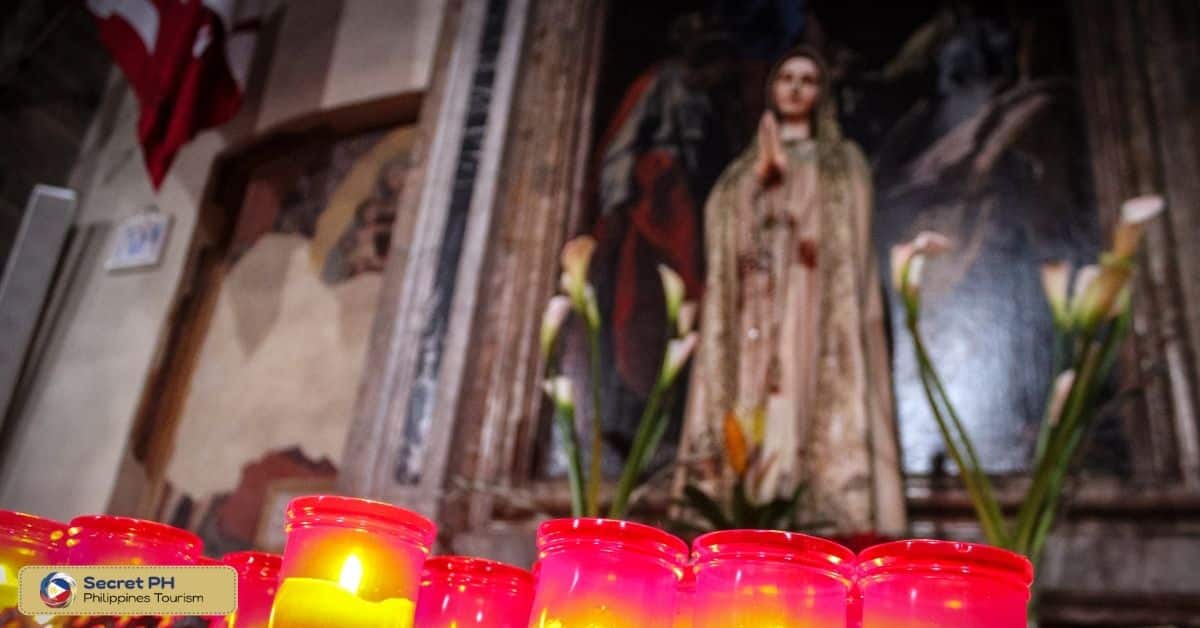
The Role of Religion in Philippine Festivals
Religion has always been an important part of Philippine culture and its festivals. Many of the country’s most popular festivals are rooted in religious festivities, such as Christmas, Easter, and the Flores de Mayo. These celebrations often include various religious practices to honor particular gods or saints associated with the holiday.
Religion also plays a key role in Filipino traditions, such as the traditional dress worn during festivals and other occasions. Religious symbols are often featured on clothing or jewelry items, representing an individual’s faith or connection to their community.
This symbolism is also seen in decorations and imagery used for festivals, such as the iconic statues of saints or the elaborate floral offerings of the Flores de Mayo. Ultimately, religion plays a key role in many Philippine festivals, providing an important spiritual connection to the country’s past and present.
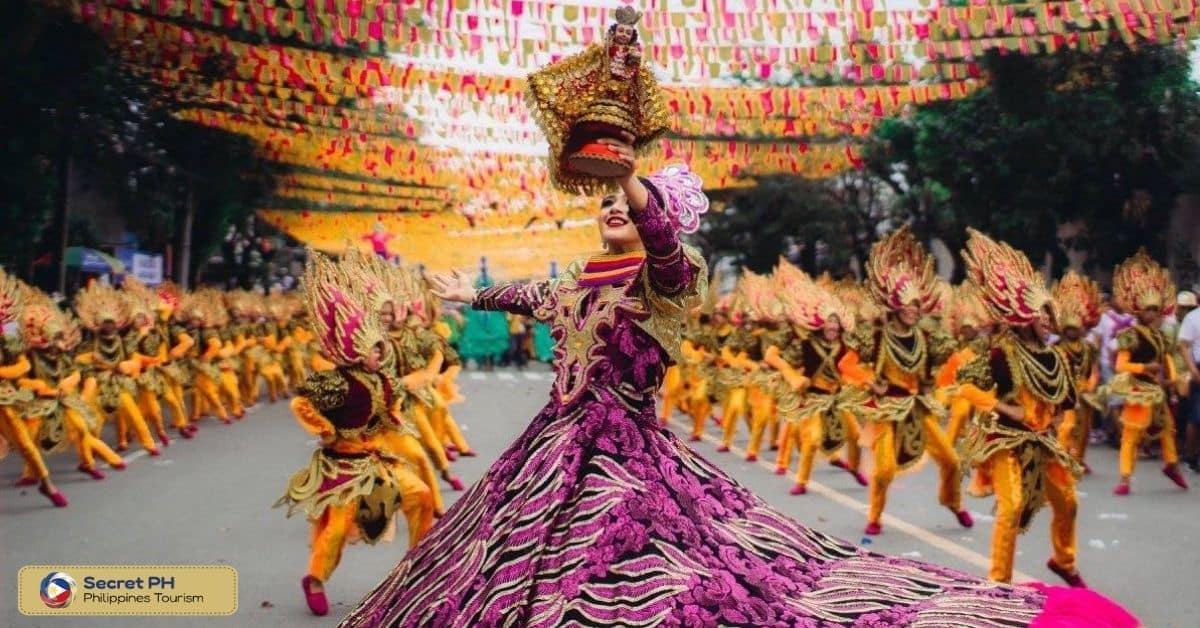
Cultural and Social Significance of the Flores de Mayo
The Flores de Mayo festival, celebrated in the Philippines every May, has a long history rooted in both religion and culture. This month-long celebration is an important traditional event that brings together families and communities.
It honors the Virgin Mary through colorful floral offerings, special liturgical prayers, and other devotional activities. Here, we’ll explore the cultural and social significance of the Flores de Mayo in the Philippines.
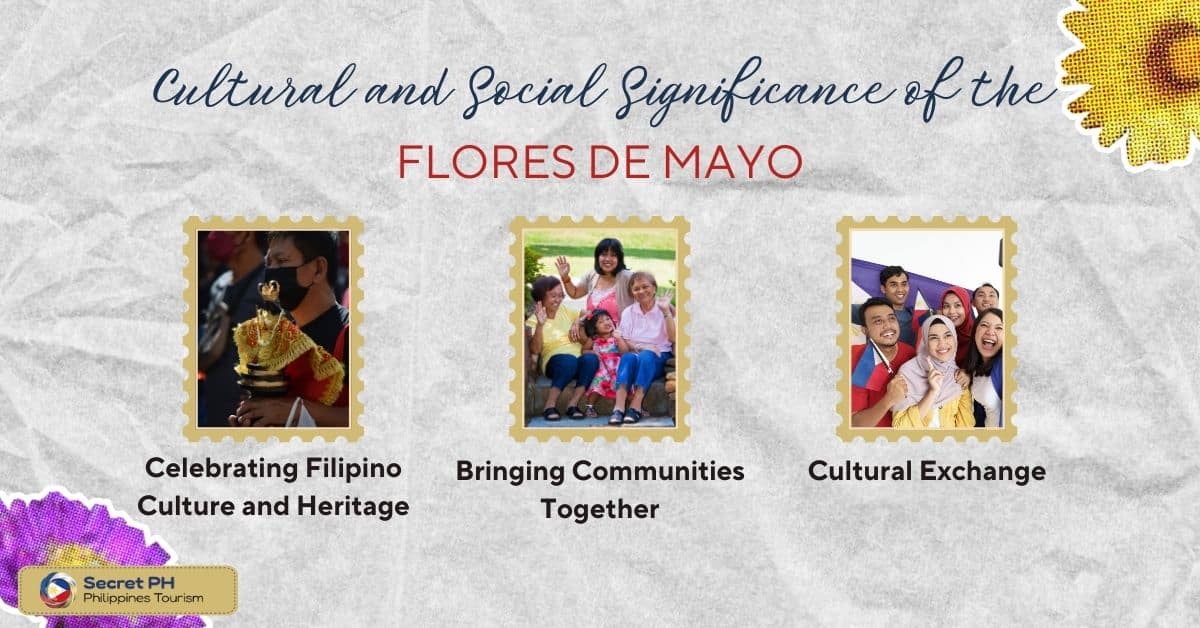
Celebrating Filipino Culture and Heritage
The Flores de Mayo is a unique festival that reflects both religious devotion and Filipino culture. It provides an opportunity for people to express their love for the Virgin Mary and serve as a reminder of God’s grace. At the same time, it is also an opportunity for people to come together and celebrate their culture and heritage through traditional music, dance performances, and vibrant processions.
Bringing Communities Together
The Flores de Mayo serves as a source of unity in Filipino communities. People from different backgrounds come together to share in the celebration and its festivities, creating a sense of belonging.
This festival also allows people to reconnect with family and friends that may otherwise be separated by distance or other circumstances. Through the Flores de Mayo, communities are able to foster relationships and build stronger ties that can last for generations.
Cultural Exchange
The celebration of the Flores de Mayo has also helped to promote cultural exchange in the Philippines. The festival’s customs and traditions have spread throughout the country, with many people adapting them according to regional cultures and sensibilities. This has allowed for a greater understanding of different beliefs and practices among Filipino communities, helping to foster peace and harmony.
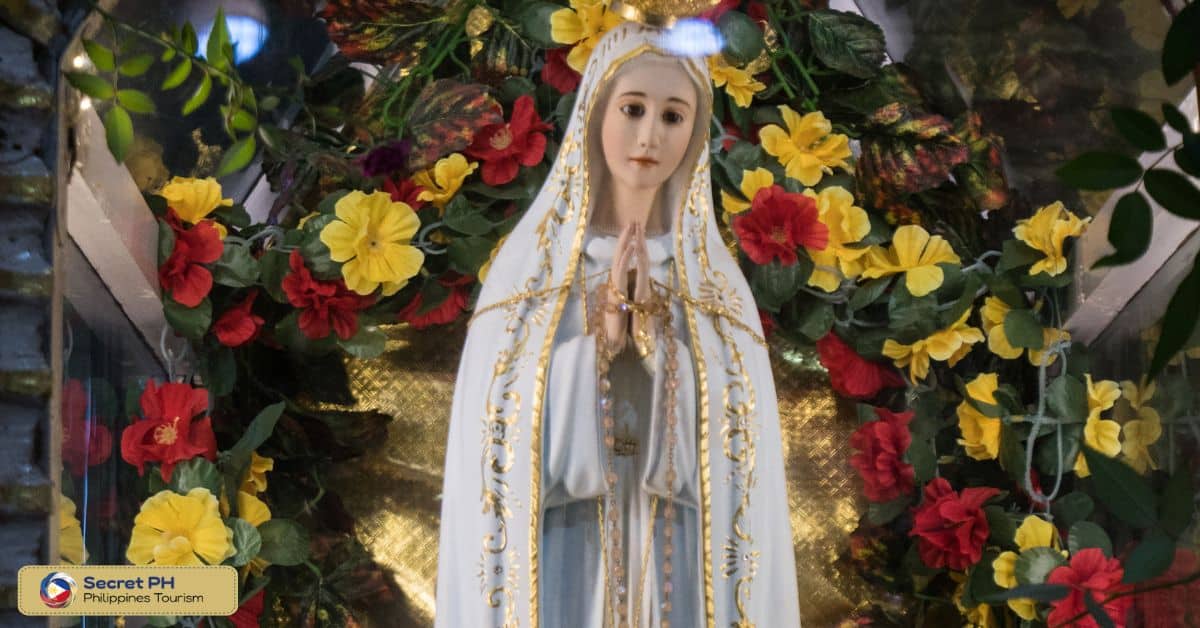
In conclusion
The Flores de Mayo is a vibrant and beloved tradition in the Philippines. The celebration has significant religious, cultural, and social importance, serving as an important reminder of the country’s deep-rooted faith and heritage.
This long-standing festival brings together families and communities to honor the Virgin Mary through colorful floral offerings, special liturgical prayers, and other devotional activities. The Flores de Mayo is a beloved tradition that has the power to bring people together in a spirit of joy and unity.

